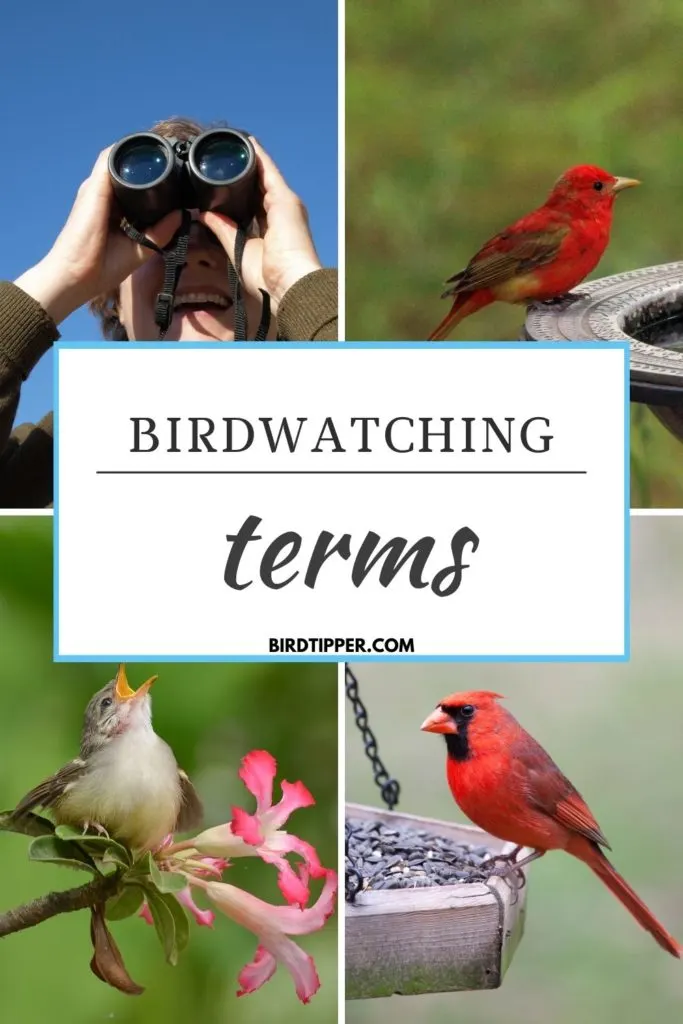Like most activities, birdwatching has its own vocabulary, especially among the most devoted birders. Here’s a look at both birding slang and birdwatching terms that will help you decipher the descriptions found in birding identification guides, whether you are enjoying the birds in your own backyard or at a local park or bird preserve.
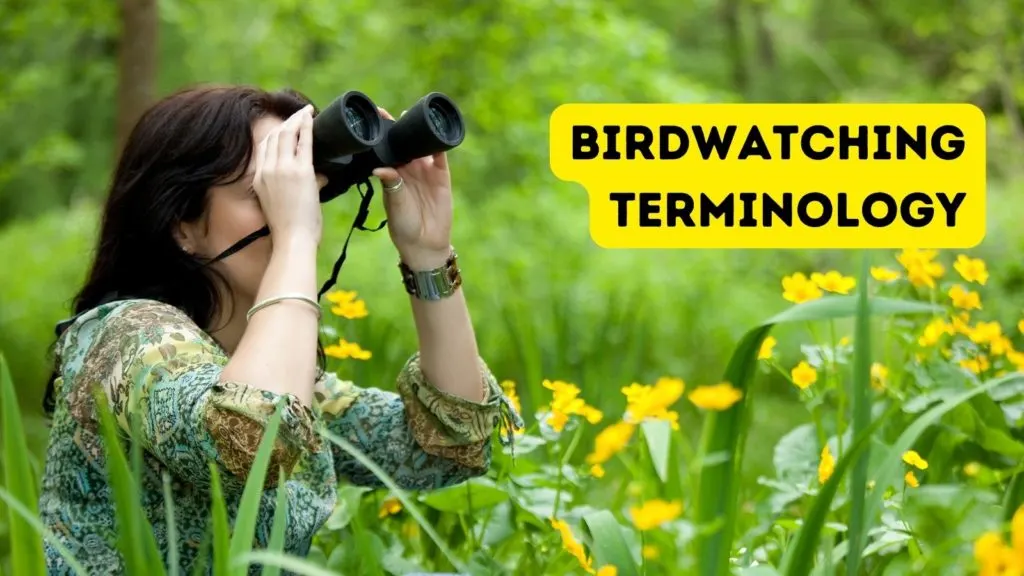
Accidental
An “accidental” or a vagrant is an individual bird that is spotted in an area where he is not normally living or migrating through.
Avian
Avian means relating to birds.
Bins
Bins are short for binoculars.
Bird Table
If, like us, you enjoy watching British TV series and you hear the term “bird table,” they’re talking about a bird feeder!
Bird Watcher
A bird watcher is a person who enjoys watching birds in a more casual way than a “birder.”
Birder
A birder is a person who is seriously engaged in birding; generally this term is used for someone who is more serious about birds than the more casual “bird watcher.” A birder might travel to see birds whereas a bird watcher might simply appreciate the birds in their own yard or area — or “patch.”
BOP
A BOP is a Bird of Prey, such as hawk or owl.
Breeding Ground
Breeding ground refers to the place where migrating birds come to breed and raise their young.
Colonial Nesters
Colonial nesters are birds that like to live in colonies, such as Purple Martins or Chimney Swifts.
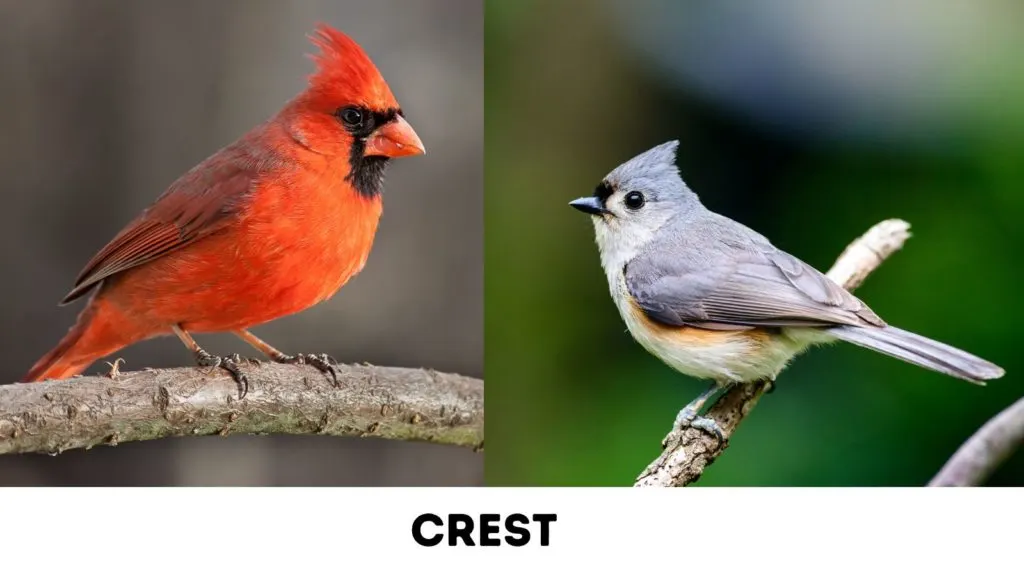
Crest
A bird with a crest has a set of feathers on top of his head. Birds with crests that are often seen at backyard feeders in many parts of the country are the Cardinal and the Titmouse.
Digibinning
Digibinning is the photographing of birds using a digital camera attached to binoculars.
Digiscoping
Digiscoping is photographing through a bird watching monoscope.
Dip
A dip is a failed attempt to see a rare bird.
eBird
eBird is an online data bird observation website and free phone app from The Cornell School of Ornithology that collects data from birders of all abilities on bird sightings. You can sign up for an account and record the birds you see in your yard. It does not identify birds; for this, you’ll want an app such as Cornell’s Merlin app.
Eye Ring
Often used by ID guides for identifying the species of a bird, an eye ring is a ring of color circling the bird’s eye.
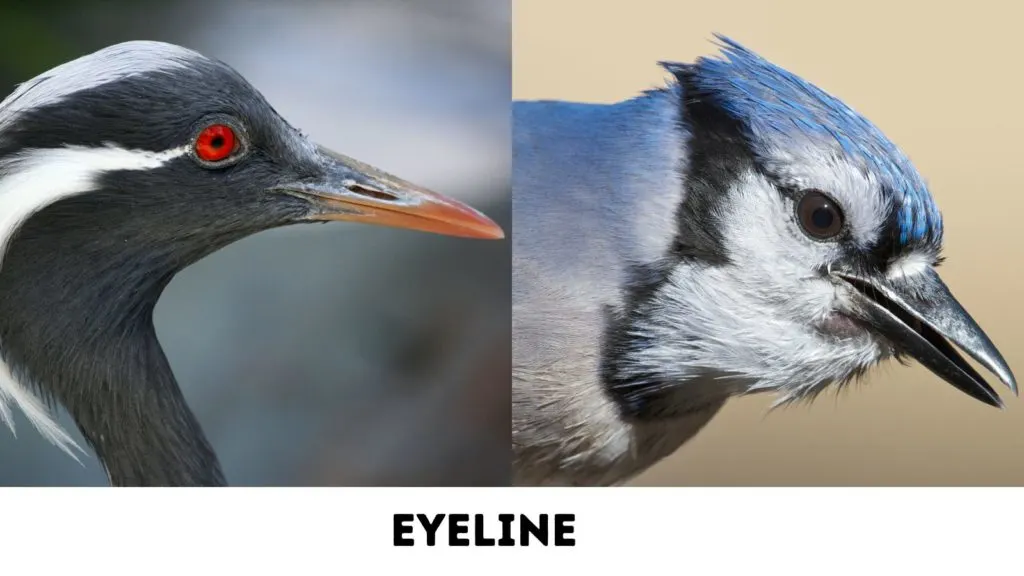
Eyeline
Like eyeliner than continues from the edge of a person’s eye back to their hairline, an eyeline (above) on a bird is a streak of color continuing from the outside corner of the eye toward the back of the bird’s head. You’ll often see the eyeline mentioned as a way to identify a bird in birding ID guides.
Fledgling
A fledgling is a young bird that has left the Nestling stage, has some feathers (often looking fluffy and bedraggled) and is starting to explore the world. A fledgling is also often called a juvenile.
Flyway
A flyway is a route that migrating birds take when traveling between wintering grounds and breeding grounds (and back again). If you are along one of these bird highways, you may see birds stopping at your feeder for a meal, even though these birds don’t live in your area. In the United States, there are four flyways: Pacific, Central, Mississippi and Atlantic.
Grit
Grit consists sand and sometimes crushed oyster shells that you can serve at a separate grit feeder. It is used by some species of birds so that the gizzard or craw can grind up the seed that they swallow. (After all, they don’t have teeth!)
Hatchling
A baby bird that has recently left the egg and still has his eyes closed. Most hatchlings don’t yet have feathers.
Hopper
A hopper feeder is the commonly seen bird feeder that holds a quantity of seeds and dispenses them out the bottom (often beneath glass panels) into a tray; the seed is protected by a roof.
LBJ
“Little Brown Job,” a broad term to describe the little songbirds that can be tough to differentiate.
Life List
A life list is a list of birds an individual person has seen in their life.
Lifer
Spotting a “lifer” means the first sighting of a species by an individual so it can be “ticked” off a life list.
Merlin
Merlin is a free phone app from The Cornell School of Ornithology that lets all levels of bird watchers identify birds. You’ll download a packet based on your region then can identify birds based on size, color and other attributes–or identify by loading a photo or recording a bird song! When you identify a bird you’ve seen, you can save it to your life list.
Molt
If you see a bird molting, he’s changing out his feathers and replacing them with new ones. Birds can look, well, a little mangy during this time but soon they’ll be strutting a whole new set of shiny feathers.
Nectar
In terms of bird watching and bird feeding, nectar is used to describe the sugar water mixture served to hummingbirds.
Nest Box
A nest box is a box that, you guessed it, has been placed to provide birds (or other species) a place to nest. If birds nest in a nest box, it’s then a Birdhouse. If bats nest in a nest box, it’s a bat box or bat house.
Nestling
The next phase after Hatchling, a nestling cannot yet fly. He relies on his parents for food.
Nocturnal
A nocturnal bird is one that is active at night, such as owls.
Ornithologist
An ornithologist is a scientist that studies birds.
Passerine
A passerine is a perching bird.
Patch
A patch is a person’s local birding area.
Phonescoping
Phonescoping is digiscope photography using a smartphone and a spotting scope.
Pishing
Pishing is making a “pish” sound to draw in birds for viewing.
Plirding
Plirding is picking up trash while birding.
Plumage
Plumage refers to a bird’s feathers.
Preening
Preening is a grooming activity that birds partake in to help keep their feathers in flying condition.
Resident Bird
A resident bird is one that does not migrate but spends the entire year at its breeding ground.
Songbird
Songbirds are those species that are known for their varied songs (often more than a dozen for a single species).
Twitcher
A twitcher is a person who seeks out rare birds (twitching) to add to their life list, often traveling to see a rare bird that has been reportedly spotted.
Twitching
This is the act of searching for a rare bird to add to a life list. This term is most often used in the United Kingdom and Scandinavia.
Vagrant
A bird that’s been seen outside their usual territory (whether that’s a year-around home, a wintering area or a breeding area). Sighting of a vagrant often brings many birders in hopes of getting a look.
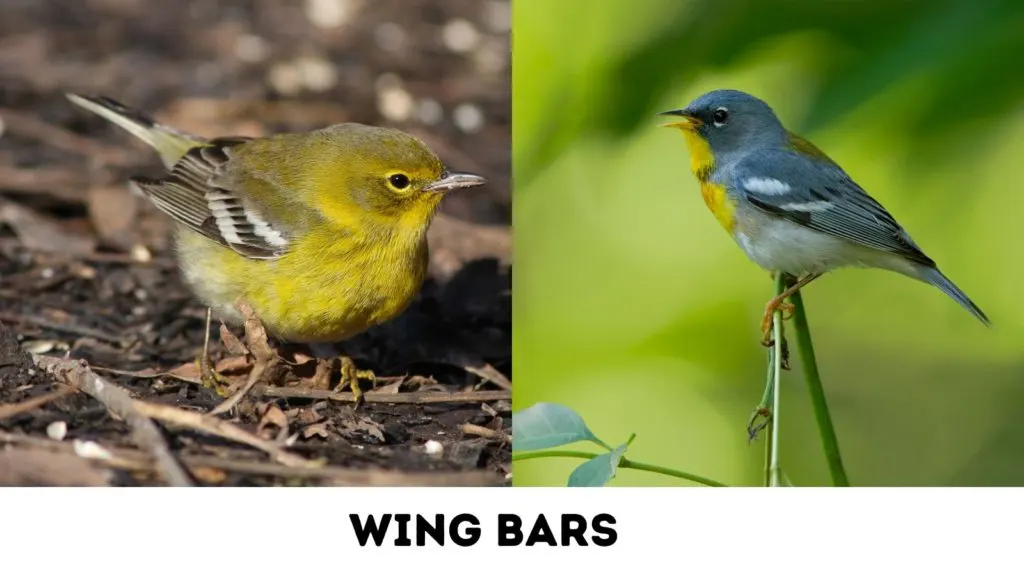
Wing Bars
Wing bars are often used in birding guides to help identify a bird species. Wing bars are strips on a bird’s folded wing.
Wintering Grounds
Wintering grounds–also called non-breeding grounds–are the sunny locations that migrating birds choose to spend their winters. For breeding and nesting, they will migrate again back to their Breeding Ground.
Pin it to remember these Birdwatching Terms
